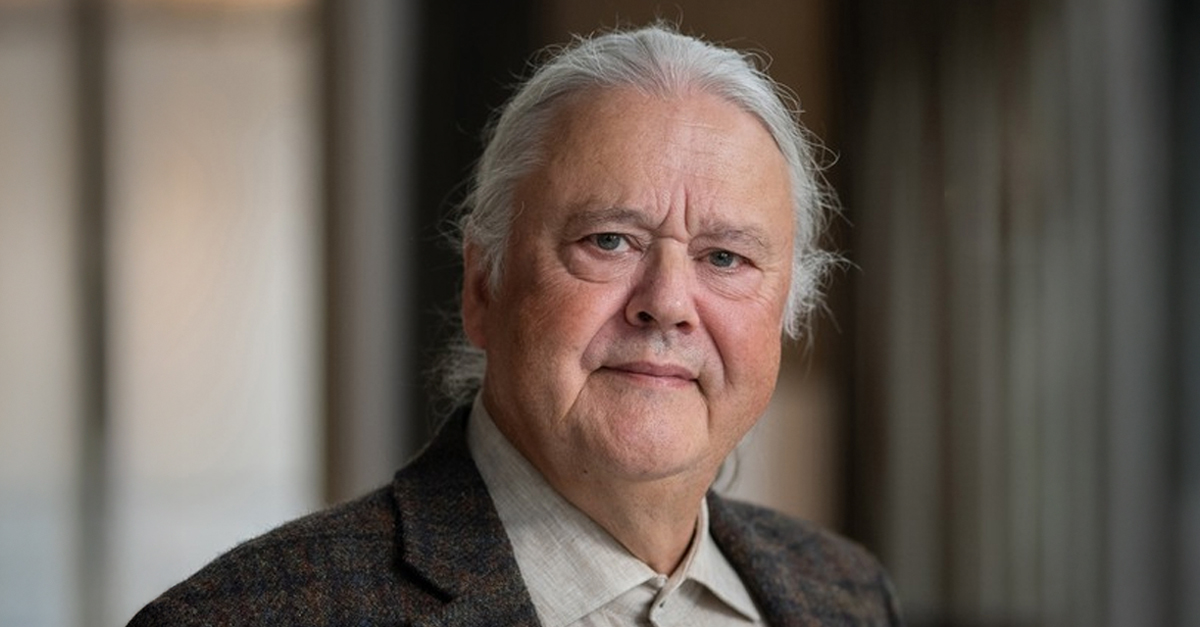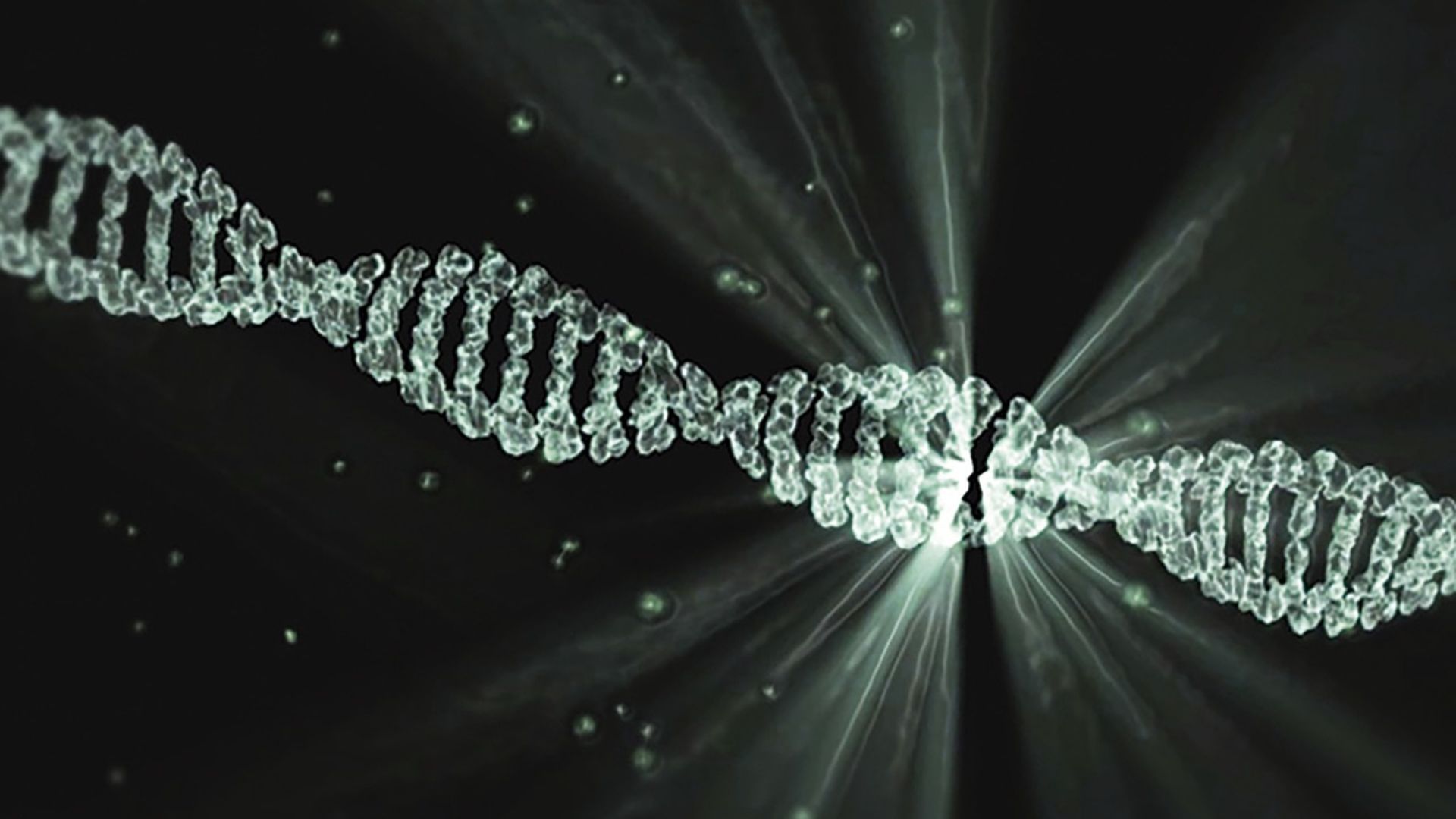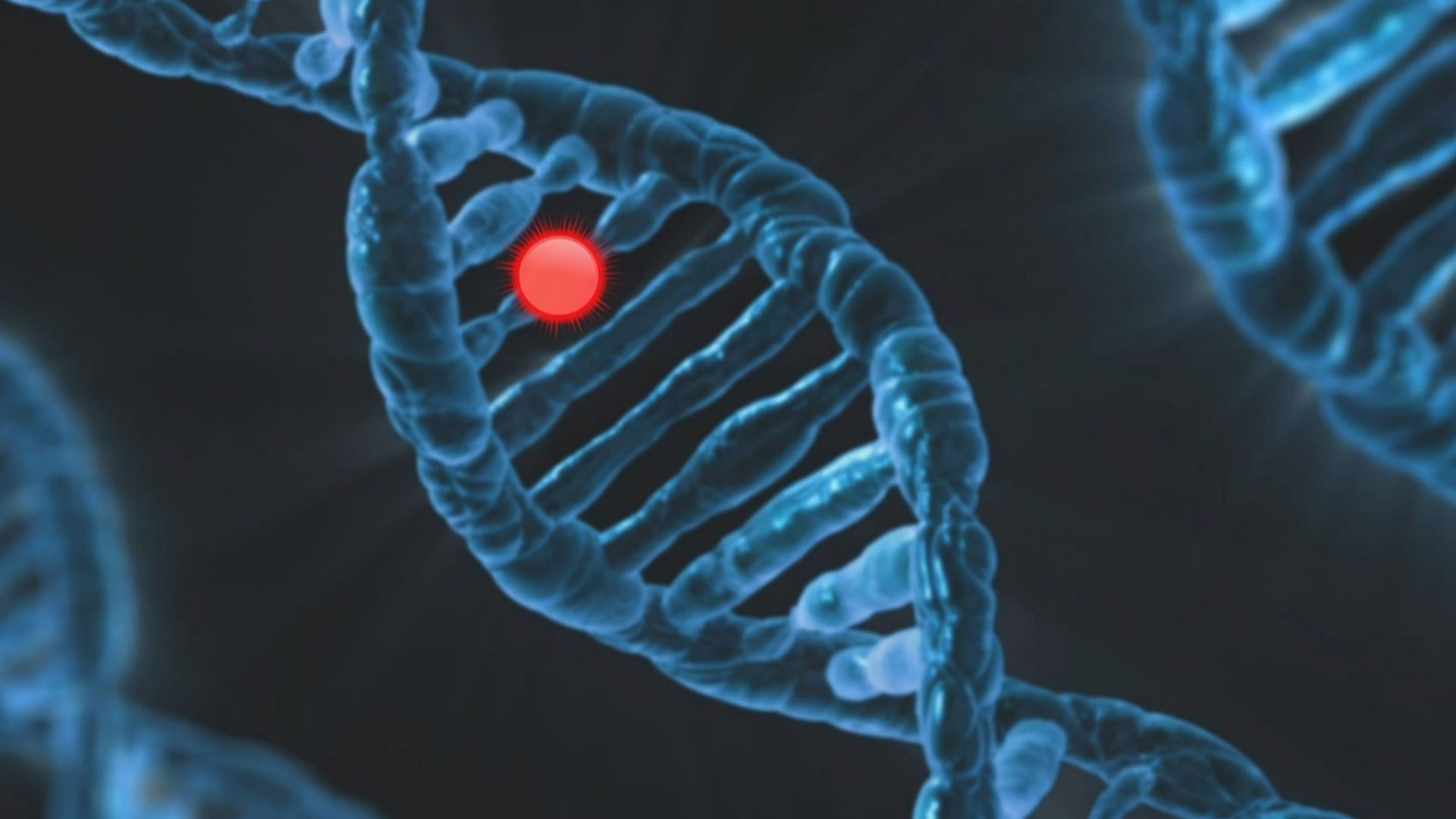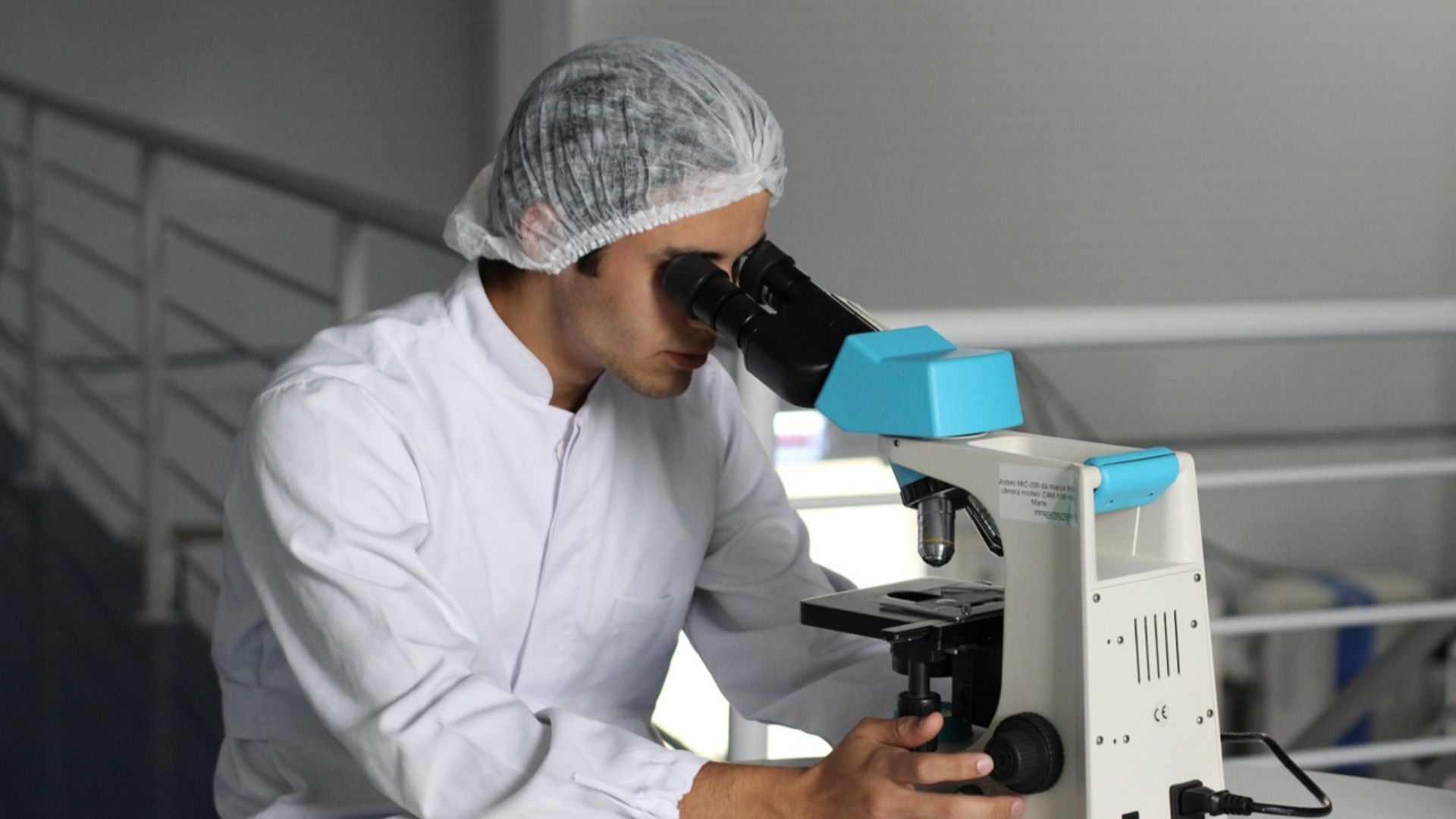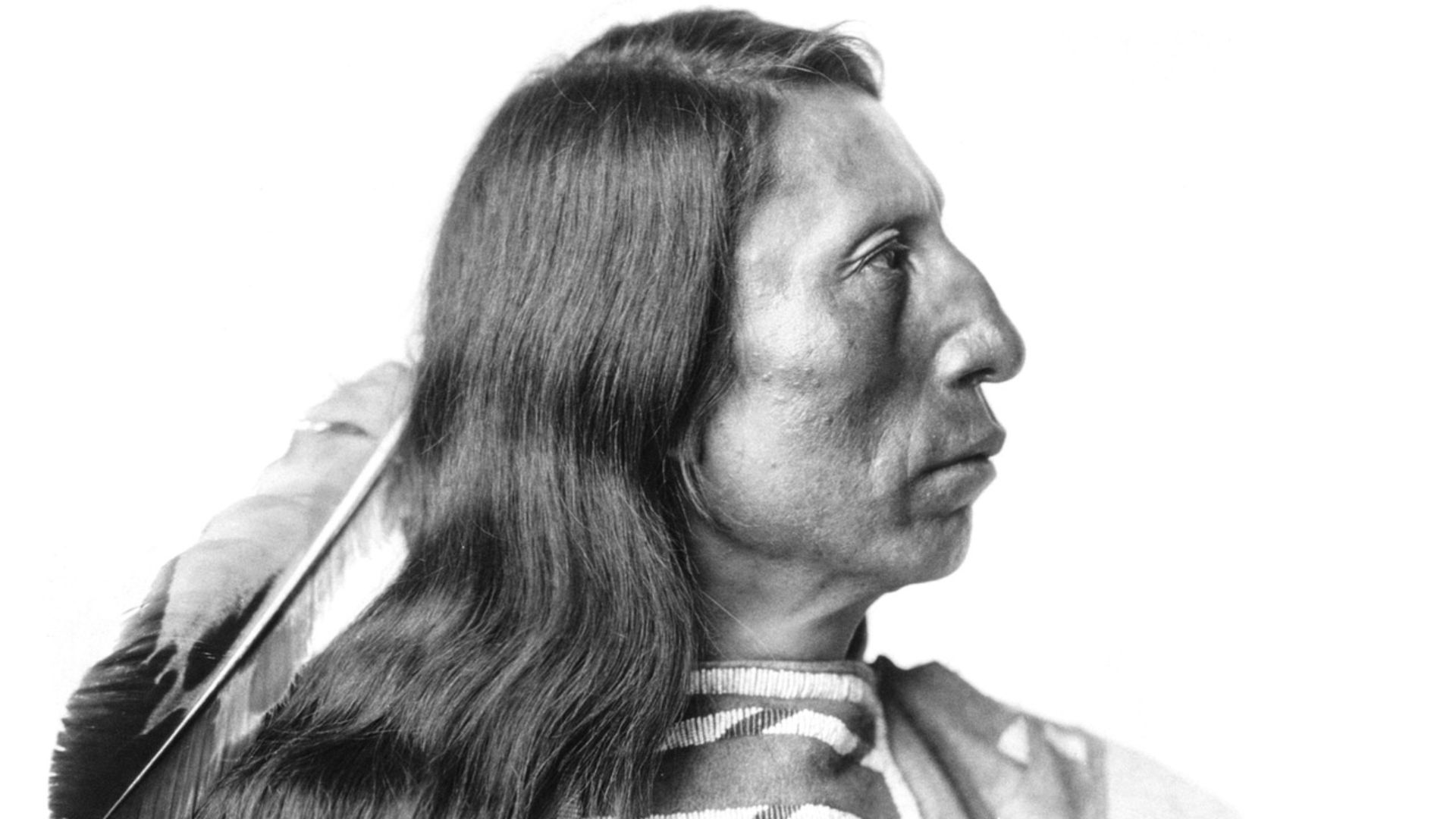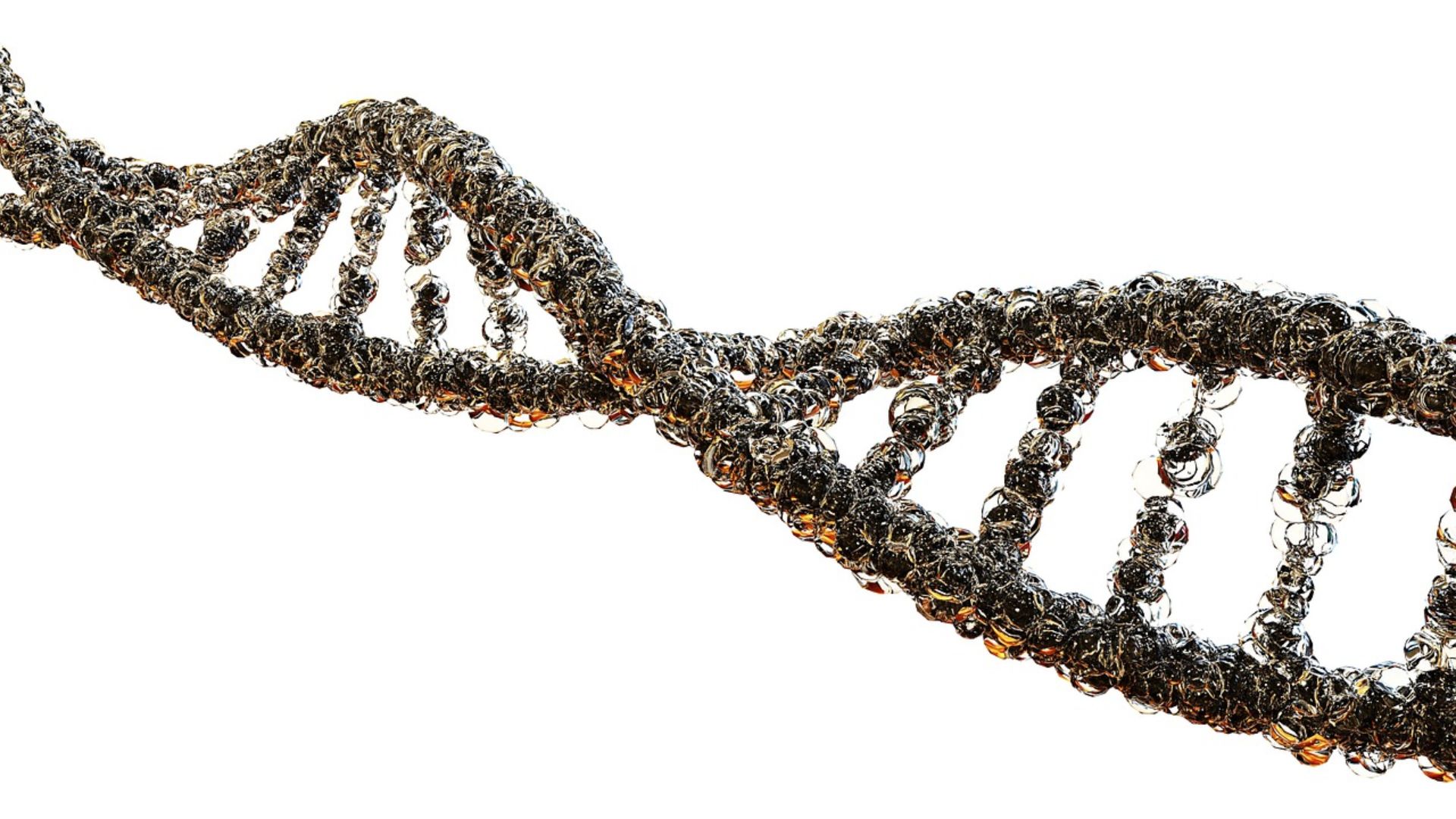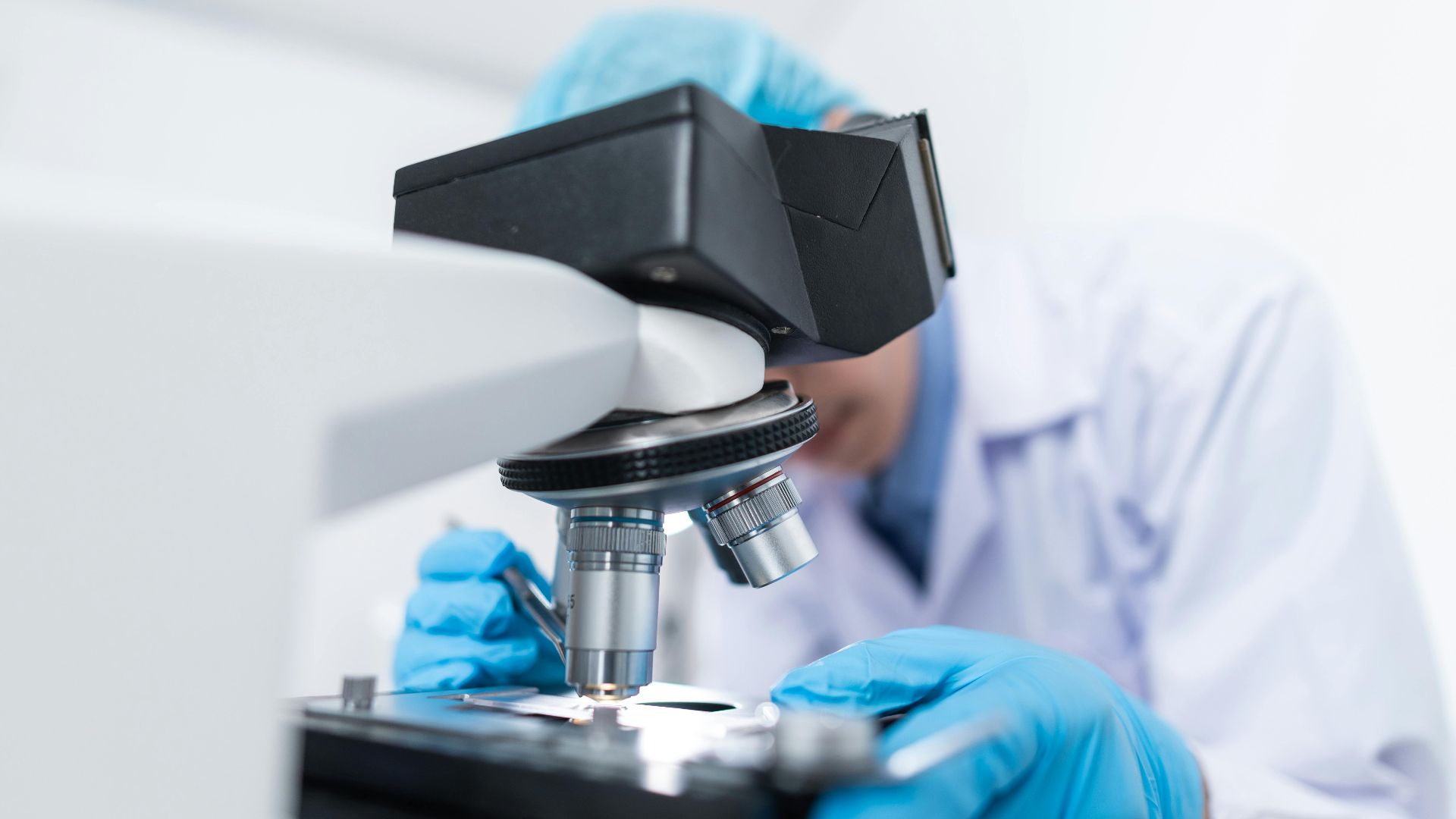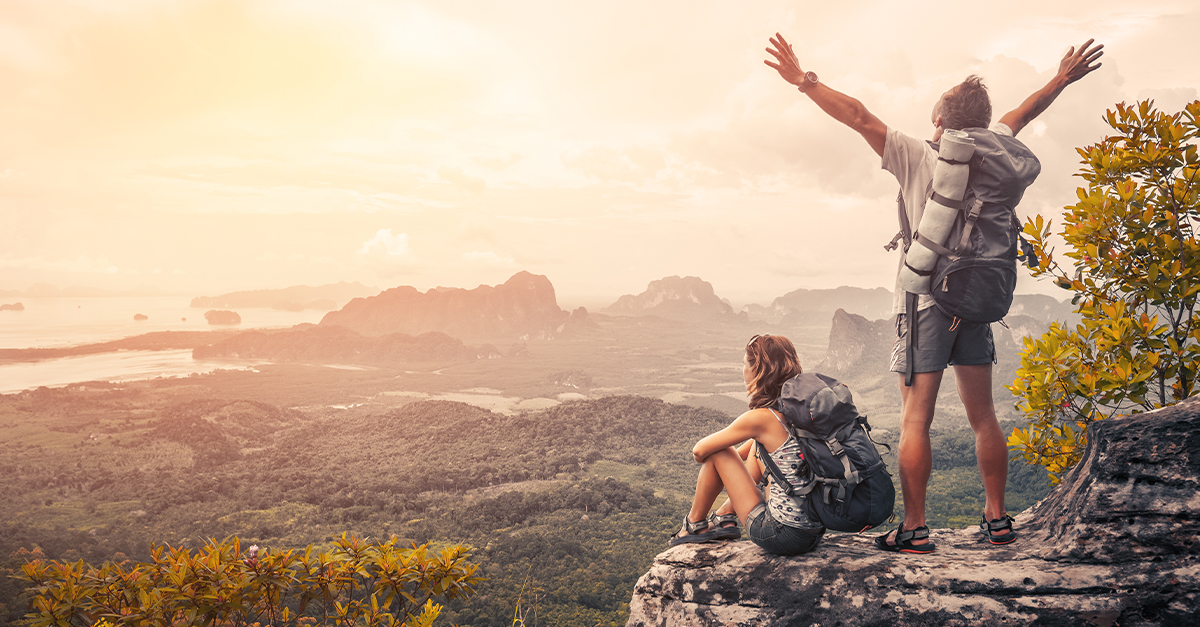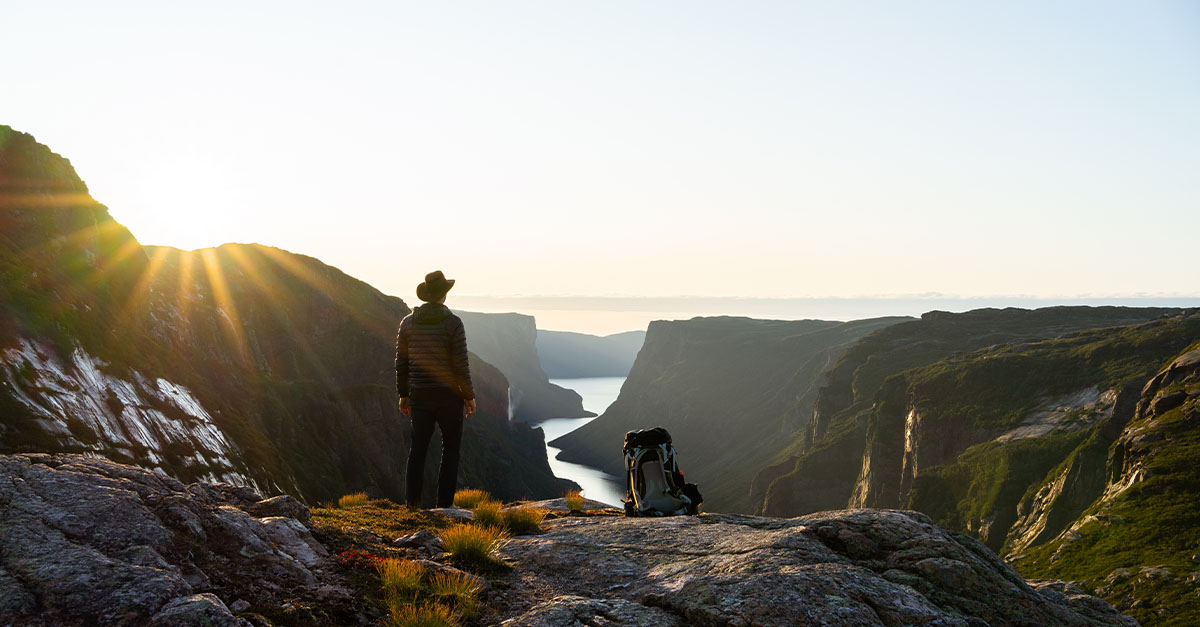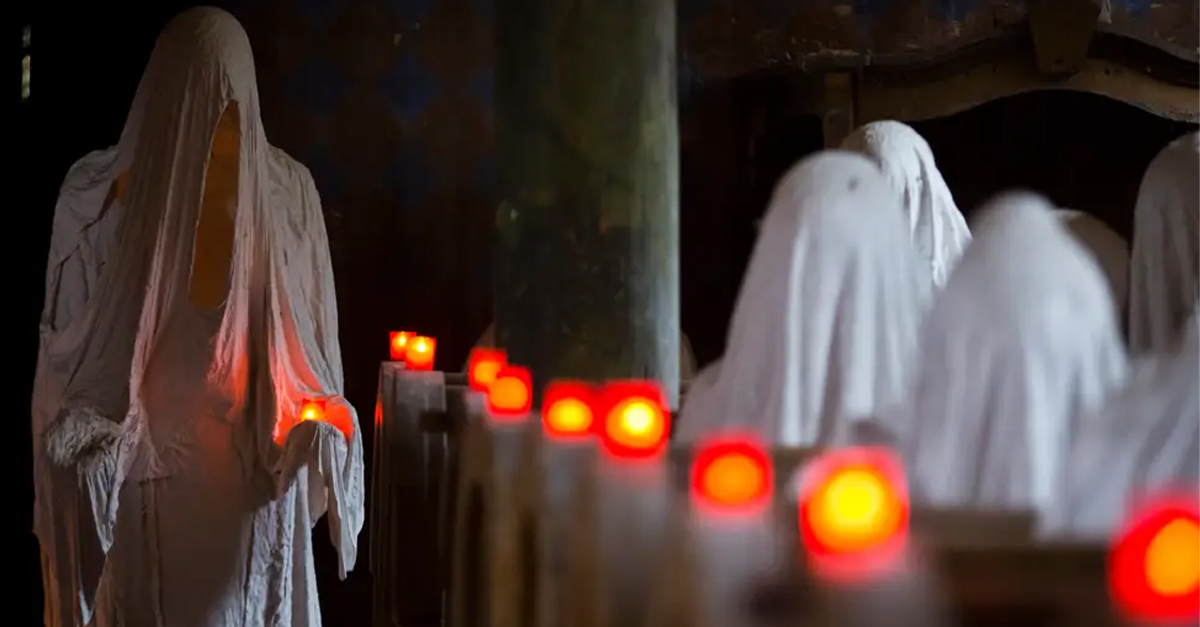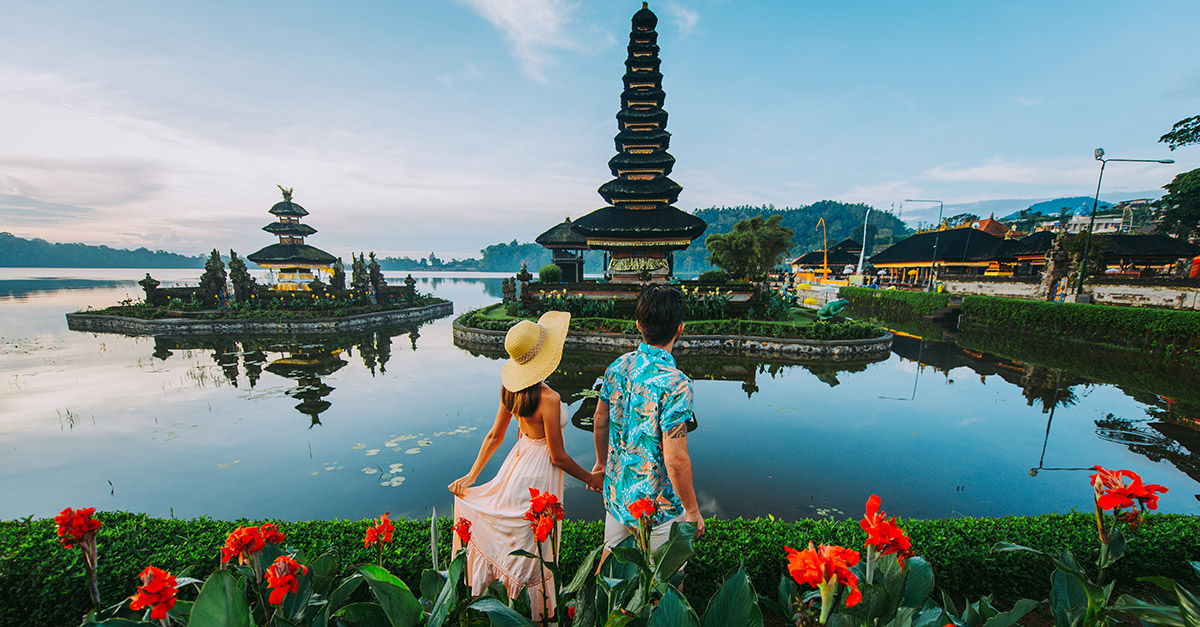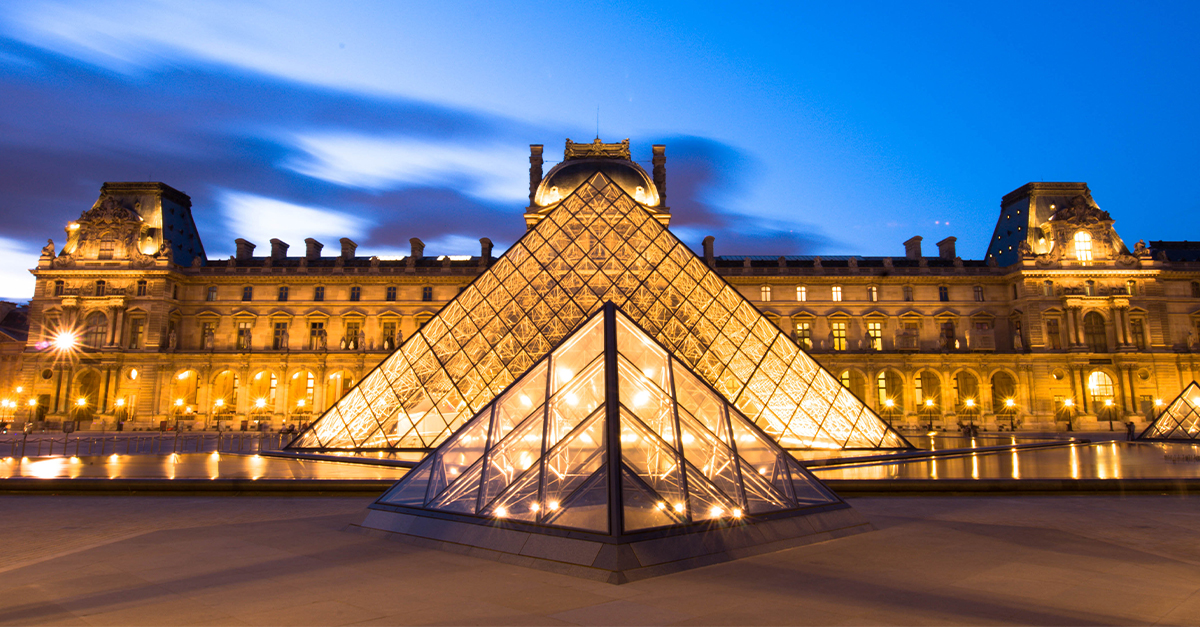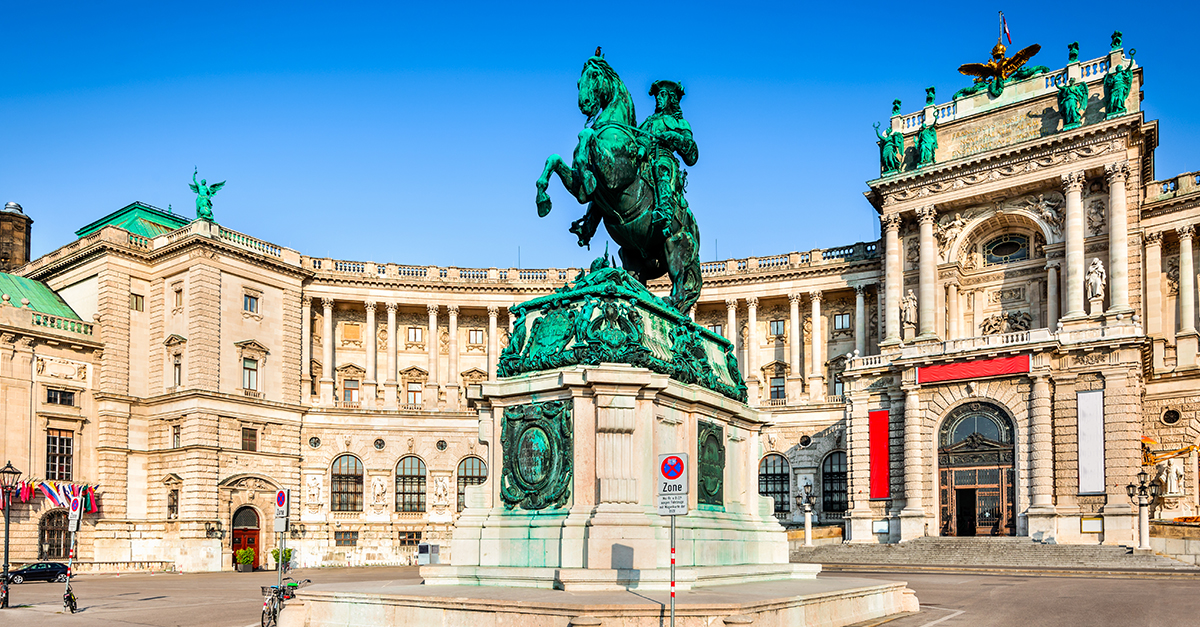A Mystery Across the Pacific
For centuries, the vast Pacific Ocean guarded one of humanity’s grandest mysteries: How Polynesians crossed distances so immense that they might as well have been navigating another planet. Their voyages left a trail of islands covered by stories—but we still don't know the true limits of their travels.
Whether Polynesians reached the Americas before Europeans appeared on the scene is one of history's great unknowns, but DNA analysis is providing new clues.
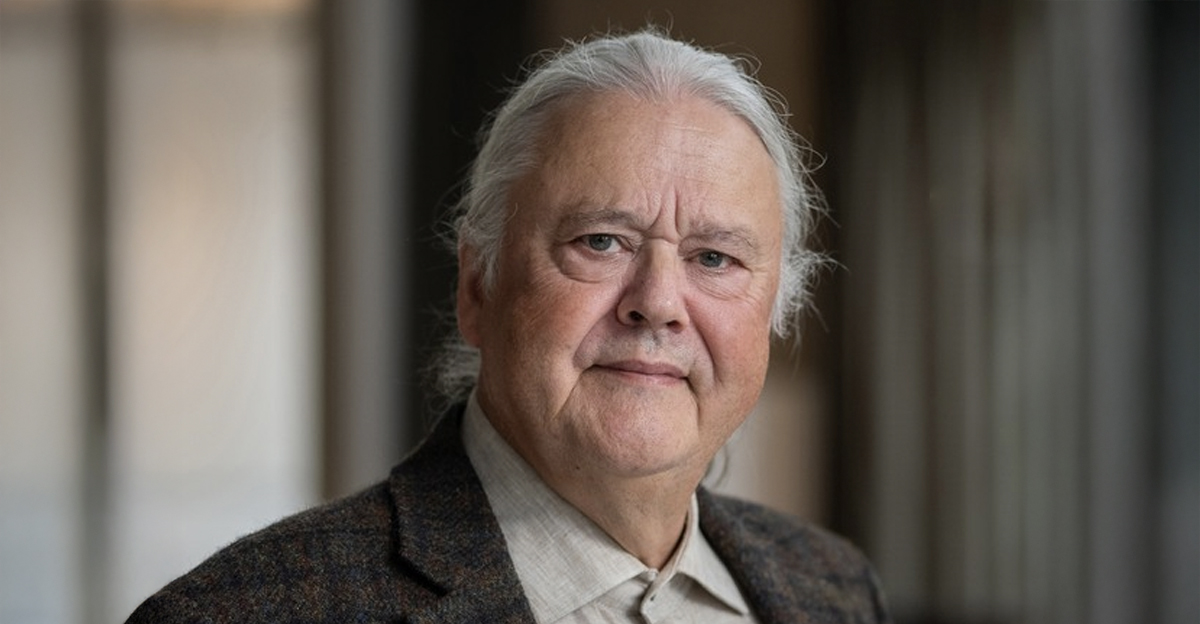
The Rush Across the Waves
Polynesian expansion wasn’t a slow drift; it was a lightning-fast burst across the Pacific, unfolding in just a few centuries. By around 800 CE, expert navigators were pushing outward from their base in Samoa. Modern DNA research shows that these voyages formed a chain of settlement stretching south and east, out toward the remote edges of the ocean world.
 Internet Archive Book Images, Wikimedia Commons
Internet Archive Book Images, Wikimedia Commons
A Genetic Map Hidden in Plain Sight
Today’s Polynesians carry genetic clues that act like breadcrumbs across the Pacific. When scientists sequenced modern DNA from island communities, they discovered connections between islands that geography alone couldn’t explain. These hidden relationships became the backbone of a new timeline for Polynesia’s settlement.
Reaching the Far Horizon
By roughly 1000–1300 CE, voyagers had reached the far corners of eastern Polynesia: the Marquesas, Mangareva, and even Rapa Nui. The extreme isolation of these islands once led scholars to assume that the Pacific marked a boundary, not a bridge. But the DNA would soon prove otherwise.
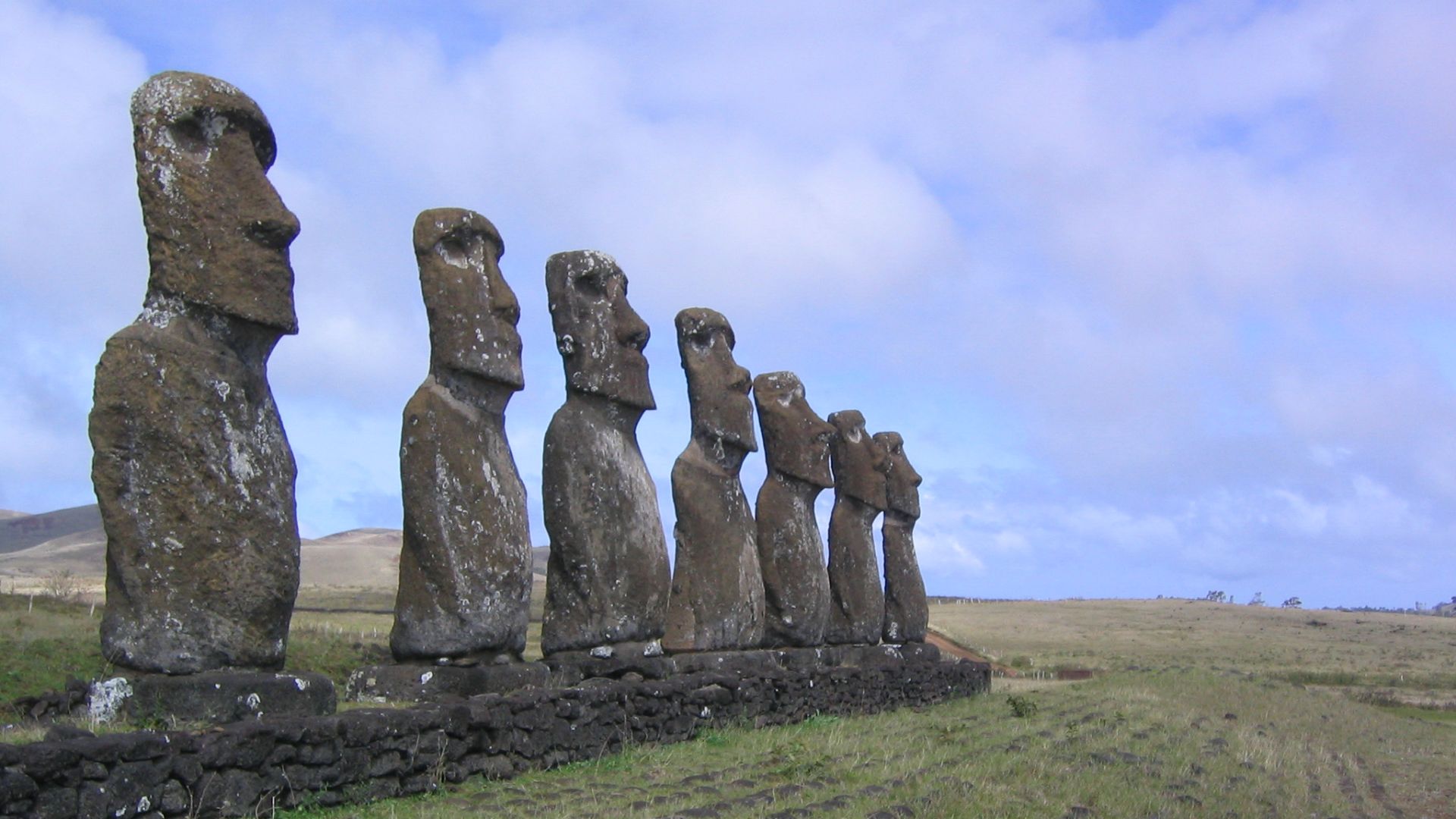 Phil Whitehouse from London, United Kingdom, Wikimedia Commons
Phil Whitehouse from London, United Kingdom, Wikimedia Commons
A Landmark Study Changes Everything
In 2020, researchers from Stanford and collaborating institutions took a bold step: they collected DNA from more than 800 modern Polynesians and dozens of Native American communities from Mexico down to Chile. Their aim was simple—find out whether the old debates about pre-contact trans-Pacific travel had left a trace in modern genomes.
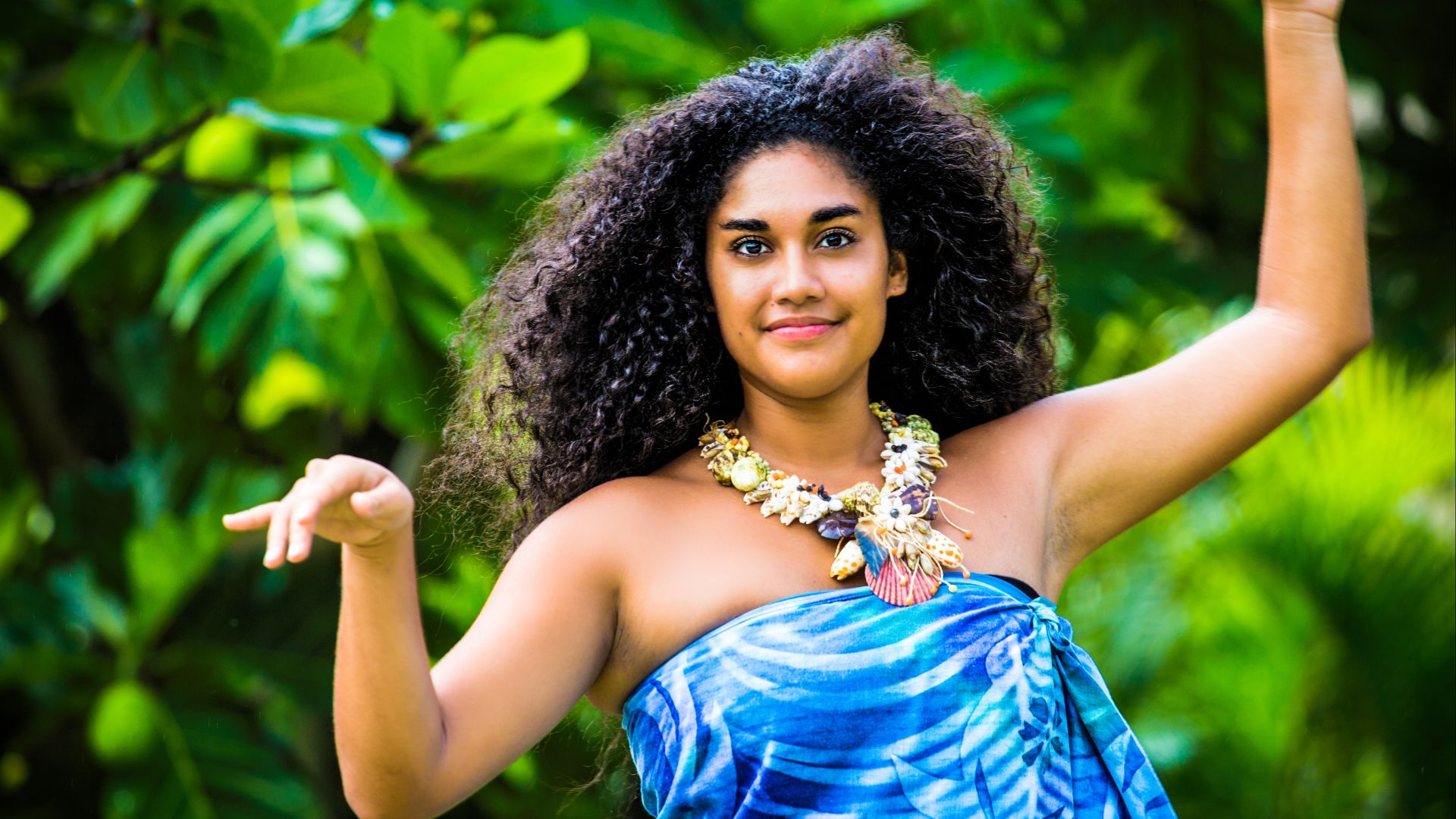 Johnny Silvercloud, Wikimedia Commons
Johnny Silvercloud, Wikimedia Commons
A Surprising Genetic Signal
The surprise arrived quickly. Polynesians from multiple islands—Rapa Nui, Nuku Hiva, Fatu Hiva, Mangareva, and the Pallisers—carried unmistakable segments of Native American ancestry. These weren’t faint echoes or ancient shared origins. They were genetic fingerprints of direct contact.
 Unknown Author, Wikimedia Commons
Unknown Author, Wikimedia Commons
A Shared Ancestor, Identified by DNA
The Native American DNA wasn’t random. It matched most closely with Indigenous communities from the Pacific coast of modern-day Colombia. One of the strongest matches was to the Zenú people, whose ancestry aligned strikingly with the segments found in Polynesians.
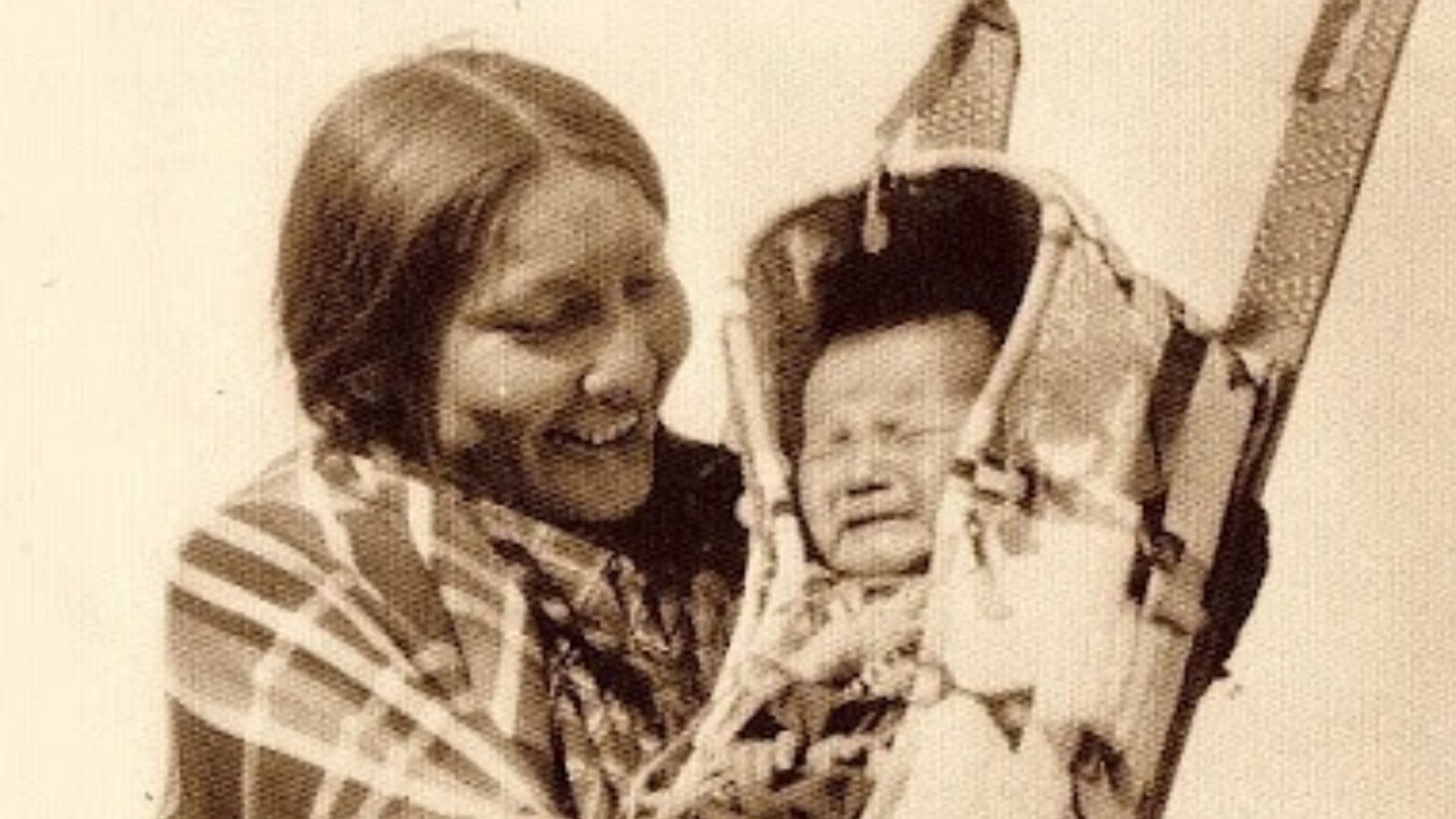 Unknown authorUnknown author, Wikimedia Commons
Unknown authorUnknown author, Wikimedia Commons
A Date That Changed the Debate
By measuring the size of shared DNA segments, the researchers could estimate when the mixing happened. Their calculations converged on a startling date: around 1150–1230 CE. In human terms, that means this encounter happened centuries before Europeans ever reached the Pacific.
A Contact Event Spreads Across the Islands
The pattern was too consistent to ignore. The Native American ancestry didn’t come from many different contacts across time—it appeared to be the result of one early encounter. After that meeting, as Polynesians continued voyaging among islands, the ancestry spread through the region.
 not indicated, Wikimedia Commons
not indicated, Wikimedia Commons
A Window Into the Past
These discoveries showed that someone—either Polynesians or Native Americans—crossed a stretch of ocean many civilizations considered uncrossable. The DNA proved real interbreeding, not speculation. What it didn’t reveal was who traveled where or how the meeting unfolded.
Who Reached Whom?
The genetic evidence clearly ties the ancestry to the Pacific coast of South America, especially Colombia. Many researchers interpret this as Polynesians making landfall somewhere along that coast. But the data can’t exclude the possibility that some Native Americans voyaged westward. The direction of travel remains one of the story’s great unknowns.
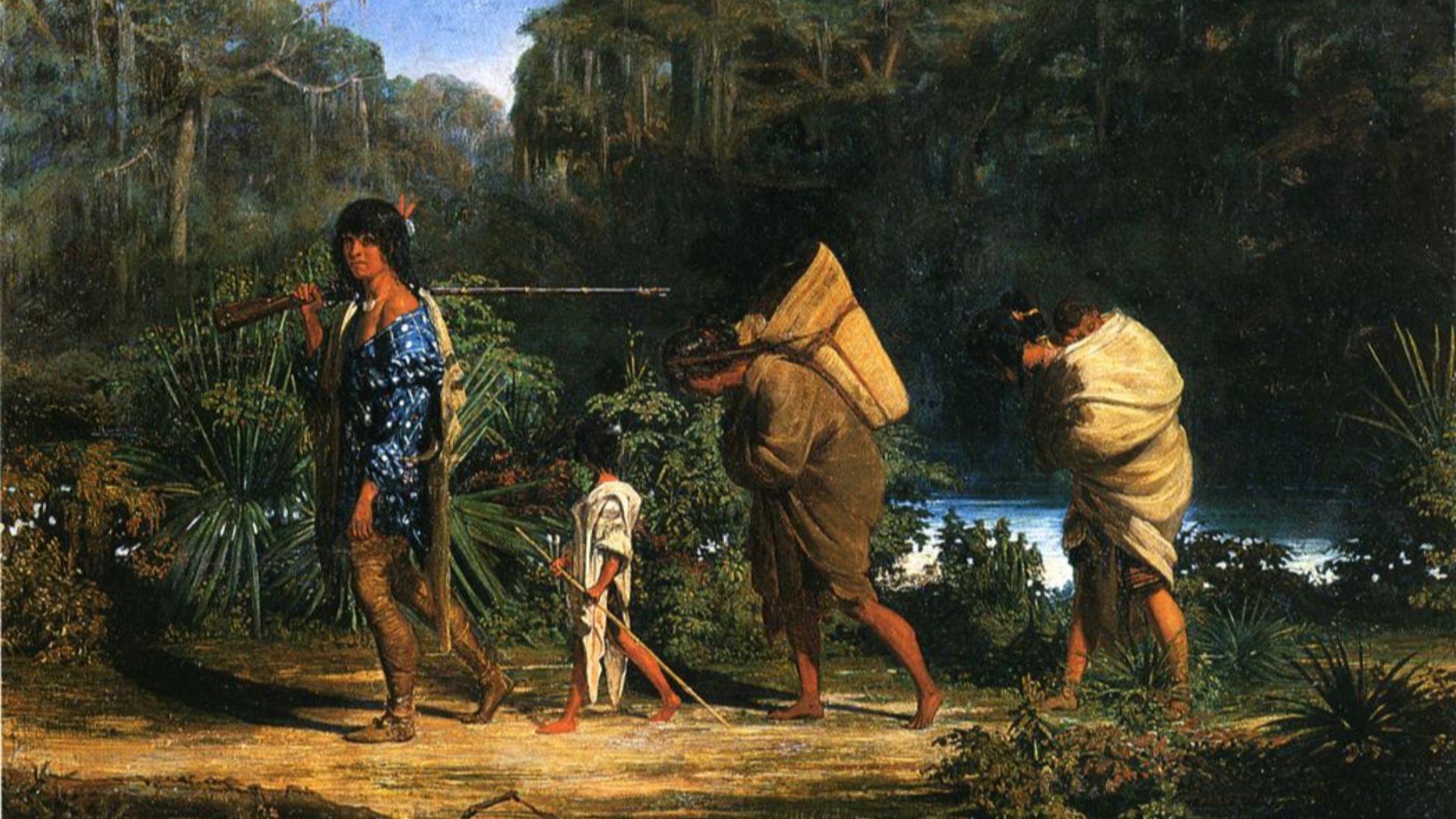 Alfred Boisseau, Wikimedia Commons
Alfred Boisseau, Wikimedia Commons
Searching for the Meeting Place
Hypotheses abound. Some scientists suspect contact happened along the Colombian coast itself. Others propose an encounter on a now-uninhabited island between the two regions. The truth is still hidden, waiting for archaeological evidence to catch up with the genetics.
One Meeting, Many Journeys
Whatever the meeting’s location, its impact echoes across Polynesia. One early admixture event explains why communities on multiple islands carry the same Native American genetic signature. Researchers allow that smaller or later contacts could have occurred—but none left such a deep mark.
A Controversy Older Than the Science
Long before modern genetics, scholars argued bitterly about Polynesians’ connections to the Americas. The debates stretched from academic journals to the adventures of Thor Heyerdahl. But without hard evidence, even promising clues—like the spread of the sweet potato—failed to settle the question.
Rapa Nui’s Old Reputation
For years, people pointed to Rapa Nui as the likely point of contact. Its location made it a natural suspect. But the new DNA results rewrote this assumption: Native American ancestry wasn’t limited to Rapa Nui. It was spread across the eastern Polynesian world.
Sorting Old Signals From New
Some earlier researchers argued that any Native American ancestry in Polynesia came from post-European movement, such as trade after the 18th century. But the genetic age estimates—centuries older than European arrival—made that explanation impossible for the core ancestry signal.
What the Data Didn’t Show
The findings didn’t validate old theories that South Americans were the founders of Polynesia. They confirmed the opposite: Polynesians originated in Asia and carried overwhelmingly Asian-derived ancestry. The Native American component was a small addition, not a replacement.
Breaking the Old Boundaries
Even though South American ancestry makes up only a tiny fraction of Polynesian genomes, its implications are massive. It confirms that the Pacific wasn’t a barrier—it was a highway. And at least once, that highway connected two continents.
 Benjamin A. Gifford, Wikimedia Commons
Benjamin A. Gifford, Wikimedia Commons
A New Chapter for Polynesian History
The new genome-wide research reveals a settlement history more complex than scholars once imagined. Voyagers didn’t just island-hop—they created a network so dynamic that it eventually touched another hemisphere.
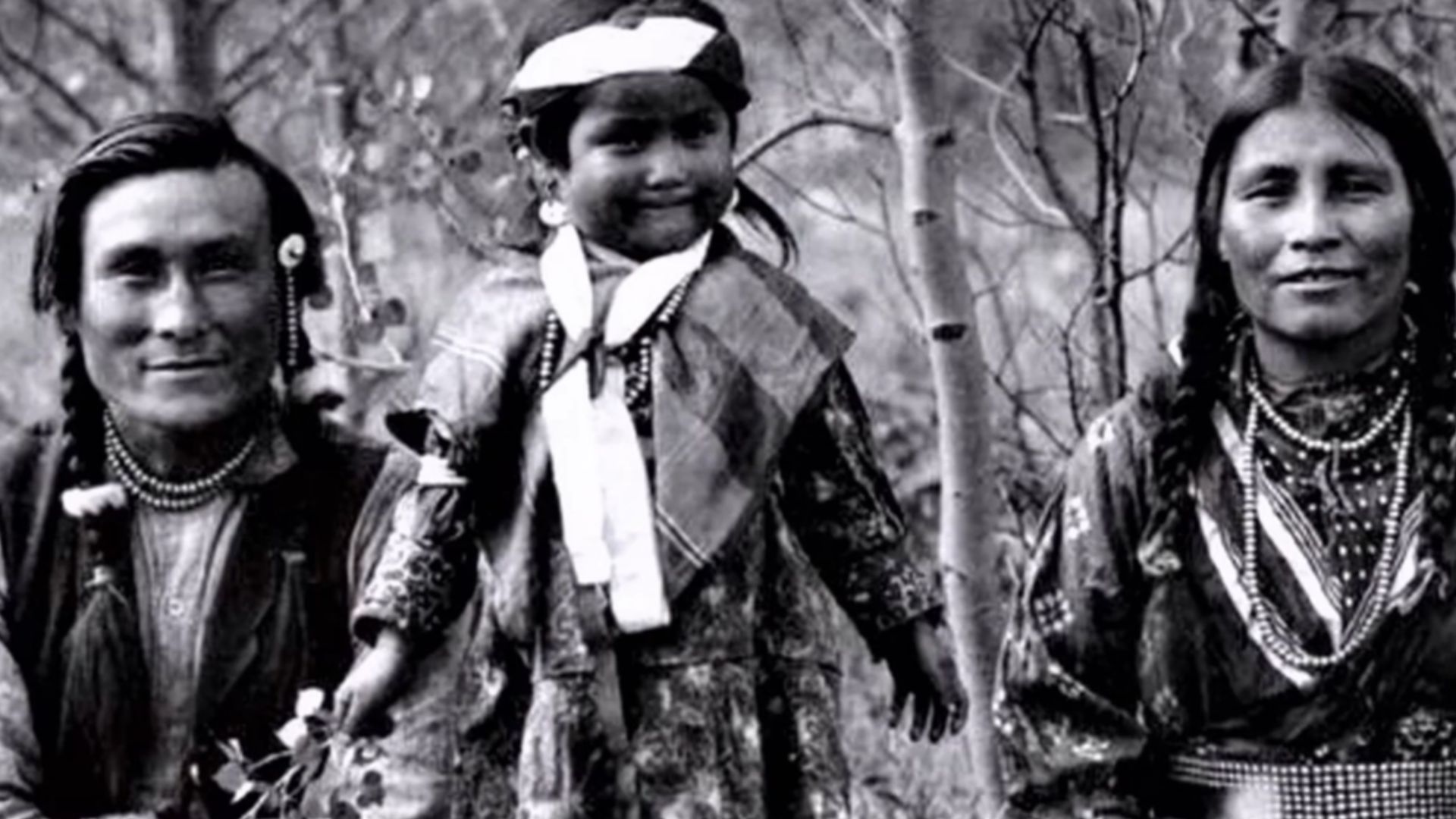 Unknown authorUnknown author, Wikimedia Commons
Unknown authorUnknown author, Wikimedia Commons
A New Chapter for Native American History
The DNA also expands the world of Native American ancestors. It shows that some communities on the Colombian coast participated—directly or indirectly—in voyages that extended far beyond the shores of the Americas.
 Engraved by Fumagalli. Plate N° 86; after an earlier artist, Wikimedia Commons
Engraved by Fumagalli. Plate N° 86; after an earlier artist, Wikimedia Commons
What We Still Don’t Know
We still don’t know what form the encounter took. Was it an exchange of goods and stories? A brief encounter between seafarers? A small group traveling with another back across the sea? The genetic evidence can confirm only that the meeting happened—not what it meant.
 John Webber, Wikimedia Commons
John Webber, Wikimedia Commons
Searching for the Missing Artifacts
So far, archaeologists haven’t identified definitive material evidence of this contact. The absence of artifacts doesn’t disprove the encounter—it simply means the physical traces have yet to surface.
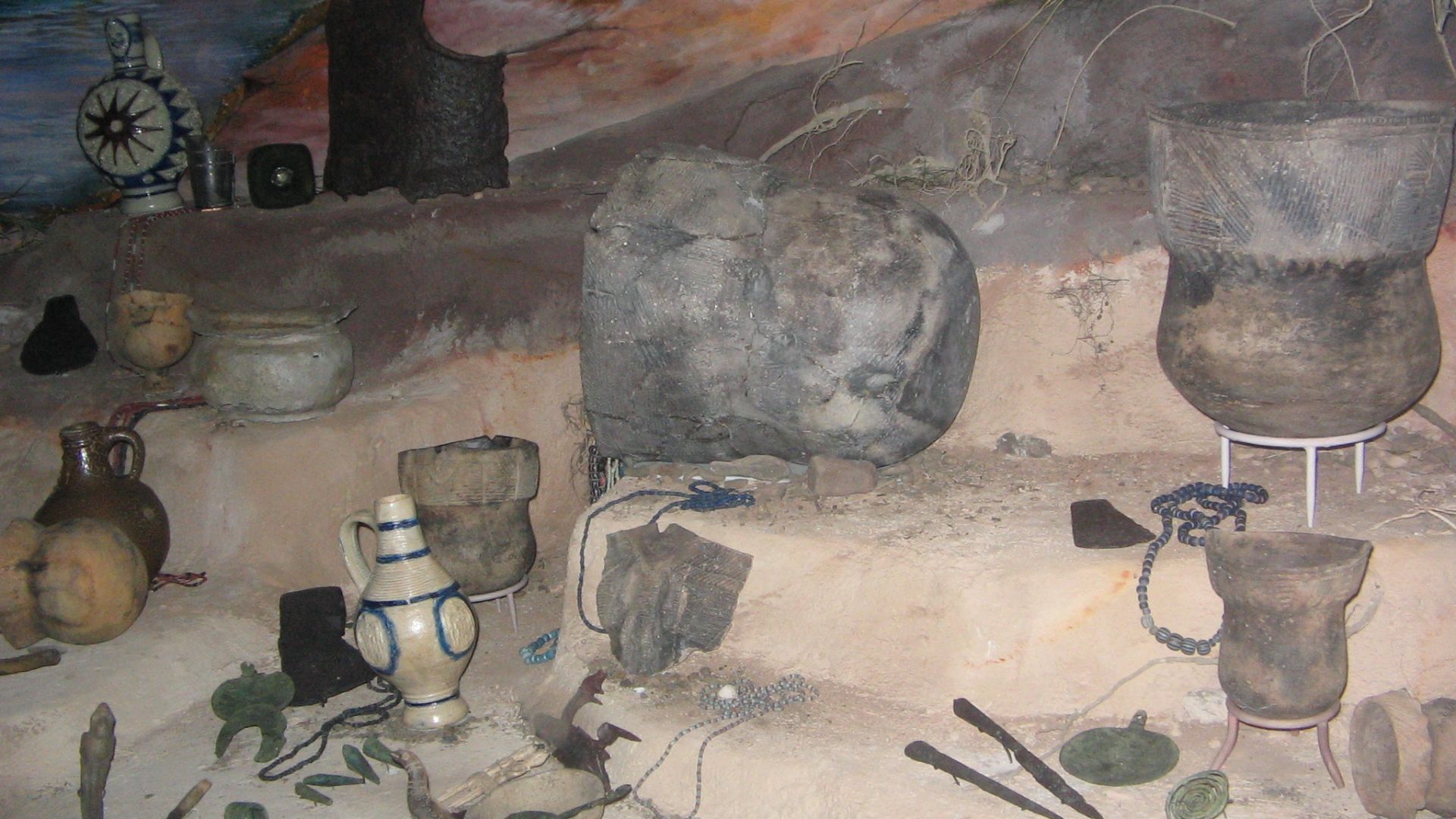 US Census, Ruhrfisch, Wikimedia Commons
US Census, Ruhrfisch, Wikimedia Commons
Europe’s Late Arrival
When Europeans finally reached islands like Rapa Nui in the 1700s, they carried their own assumptions. Many doubted Indigenous voyaging abilities, shaping interpretations for centuries. Those biases made early claims of pre-contact trans-Pacific travel easy to dismiss.
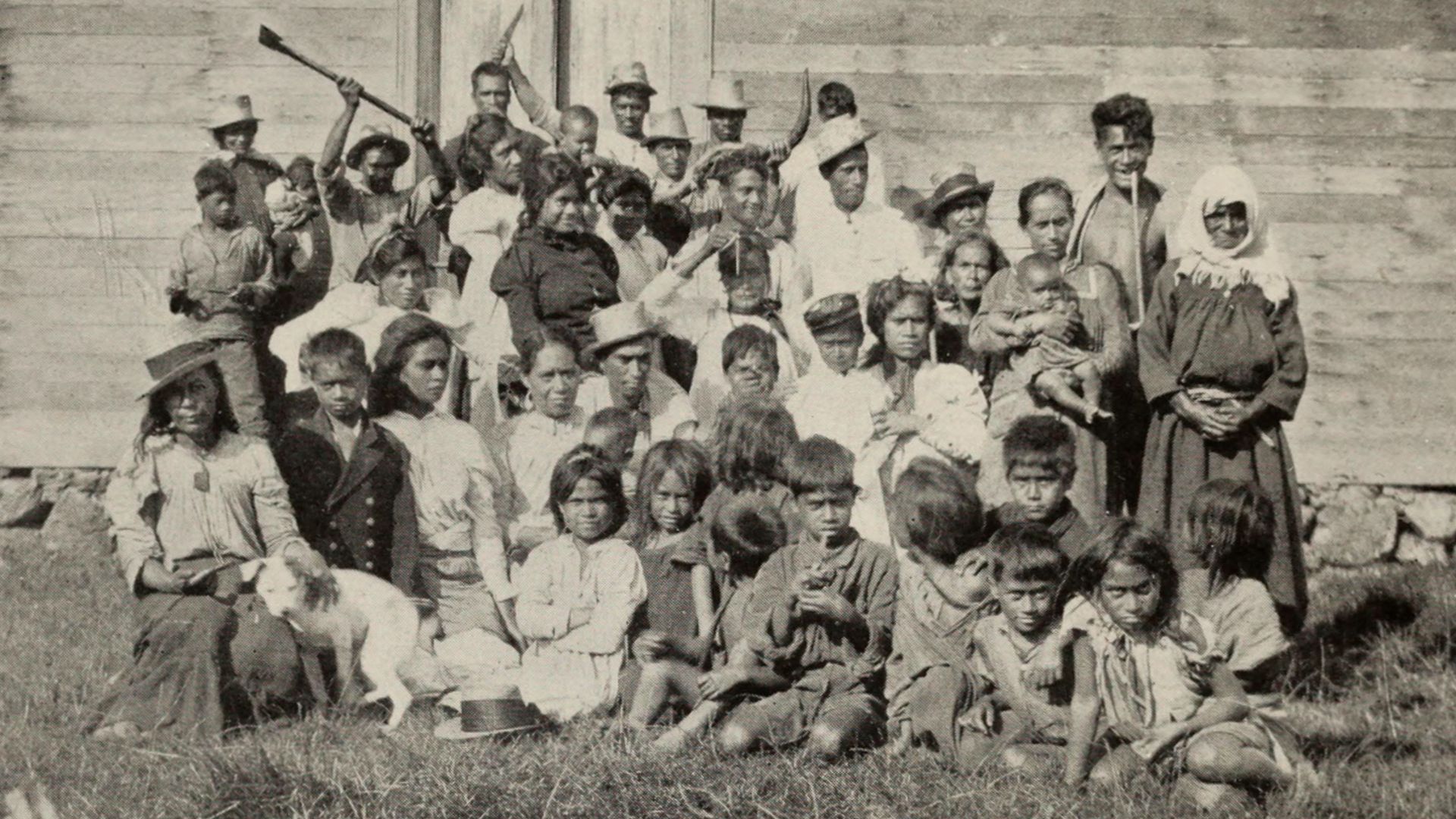 Unknown authorUnknown author, Wikimedia Commons
Unknown authorUnknown author, Wikimedia Commons
The Genetic Rebuttal
Modern DNA testing shattered those doubts. There was no way colonial-era trade or later movements could explain the presence of centuries-old Native American ancestry scattered across eastern Polynesia.
What Genetics Can—and Can’t—Tell Us
Genomic analysis can measure time, reveal relationships, and expose hidden histories. It can show that two distant peoples met nearly a millennium ago. But it cannot yet reconstruct the voyage itself.
 Karl Ferdinand Wimar, Wikimedia Commons
Karl Ferdinand Wimar, Wikimedia Commons
A Continent-Spanning Puzzle
Today, the story sits at the intersection of genetics, archaeology, and human exploration. Each new discovery narrows the possibilities and brings the ancient Pacific a little closer into focus.
Rewriting the Pacific Story
What began as a scientific survey ended up rewriting one of humanity’s greatest migration stories. The data proves that Polynesians and Native Americans met across the world’s largest ocean long before Europeans ever knew these places existed.
 Anders Beer Wilse, Wikimedia Commons
Anders Beer Wilse, Wikimedia Commons
Across Oceans
Two peoples, separated by thousands of miles of open water, crossed paths sometime around 1200 CE. Their descendants still carry the genetic memory of that moment. The research didn’t solve every mystery—but it changed the history of the Pacific forever.
You May Also Like:
Photos Of The Ancient Tribe Whose Handmade Creations Outlasted Empires
Archaeologists Find Ancient God In A Sewer
 Unknown authorUnknown author, Wikimedia Commons
Unknown authorUnknown author, Wikimedia Commons

